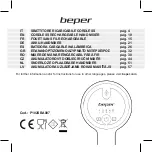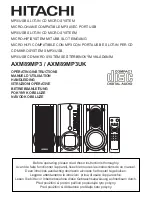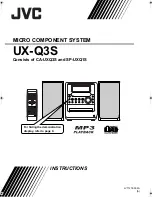
35
2.3
Valve
Replacement. 39
2.4
Valve
Path
Identification.
39
3.
Input Bays.
40
3.1
Mechanical
Construction. 40
3.2
Adding
Modules
to
Sub-fitted
Consoles.
40
3.3
Input
Modules.
40
–
41
3.4
Replacing
Mute
Switches. 41
3.5
Input
Circuit
Description.
41
3.6
Input
Stages. 41
–
42
3.7
Equaliser.
42
3.8
Faders
and
Routing. 42
–
43
3.9
Module
Fault
Finding.
43
4.
Master Section.
43
4.1
Mechanical
Construction. 43
–
44
4.2
Master
Module
Circuit
Description.
44
4.3
Master
L+R
Outputs.
44
–
45
4.4
Group
Outputs.
45
4.5
Mix
B
Outputs.
46
4.6
Aux
Outputs. 46
–
47
4.7 Stereo Returns.
47
4.8 Oscillator.
47
4.9
Talkback.
47
4.10
Headphones. 48
4.11
Solo
System. 48
–
49
4.12
Control
Room
Output.
49
4.13
Studio
Output.
49
4.14
Logic
Control.
49
–
50
4.15
External
Monitor
Inputs.
50
–
51
4.16
Metering.
51
4.17
Meter
Bridge
Option.
51
5.
Calibration
Procedure.
52
6.
Signal
Flow
Diagrams.
53
1. Power Supply Distribution.
1.1. Mechanical Construction.
The VTC console mechanical construction consists of a number of “bays”, each of which houses 8
input channels, plus a further bay for the Master Section. Each bay operates as a sub-system with its
own grounding, PSU Regulators, and balanced audio signal connection between bays.
The external PSU provides rectified but unregulated DC which is connected via a heavy duty
multicore cable to the console. Inside the console frame, the raw DC is bussed to every bay where it
is separately fused and regulated.
1.2. Power Supply Fault Finding.
















































